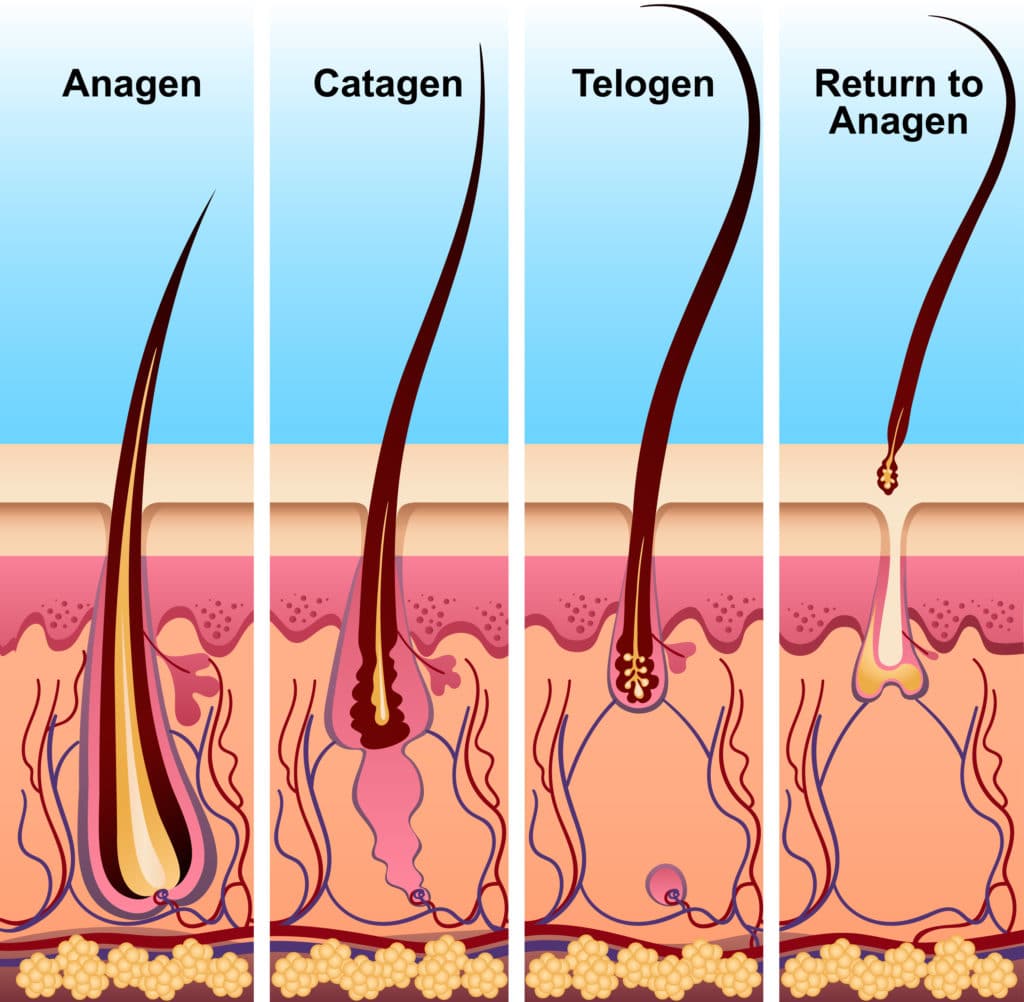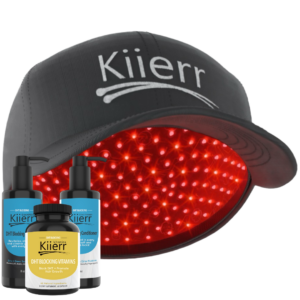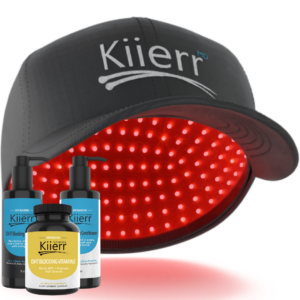Hair thinning or hair loss is nothing less than a tragedy. 50 million men and two-thirds of women around the world experience hair loss at some point in their lives. Victims of hair loss often seek medical treatments and solutions for reversing the effect.
The devastating experience of hair thinning compels men and women to try DIY remedies, essential oils, and hair regrowth treatments and technologies. The evolution of technology in the field of medical science has changed the lives of many people suffering from a variety of medical conditions, including hair loss.
Low-Level Light Therapy or LLLT is one such technology that has helped people combat hair loss. Low-Level Laser Therapy, also called cold laser therapy, does not only treat hair loss, but it also relieves pain and inflammation in other medical conditions. Read along to find out how this technological breakthrough is making a difference in the lives of people today.
Table of Contents
Low-Level Light Therapy (LLLT)

LLLT goes by different names, such as low-level laser therapy, low-intensity light therapy, cold laser therapy, soft laser therapy, and photobiomodulation (PBMT). Essentially, low-level laser therapy is an alternative medical treatment that utilizes low-level lasers or infrared lights.
A disease or injury causes the cells inside tissues to stress. As a result, the mitochondria produce nitric oxide that eventually displaces oxygen from cells, causing inflammation. Sometimes, it can cause the cell to die. This is when doctors prefer low-level laser therapy.
Light emission from the laser therapy absorbs the tissue and disassociates nitric oxide. It allows more oxygen supply to the cells. The therapy stimulates cell metabolism and develops better breathing cells and healthier tissues.
The application of laser therapy on the surface parts of the body helps to relieve pain or inflammation. The low-intensity laser therapy promotes healing of wounds, nerves, and tissues. In addition, LLLT prevents and controls tissue damage. It has the properties to improve the functions of various cells in the body.
What Conditions Does LLLT Treat?

Low-level laser therapy is much different from the high-level lasers used in certain surgical procedures. Besides removing the unhealthy tissues from various parts of the body, LLLT is a pain-reliever therapy that stimulates and enhances the functioning of cells.
LLLT helps patients suffering from various medical conditions including postoperative pain, orthopedic injuries, auto injuries, and chronic neck and back pain. Low-level laser therapy guarantees faster healing in the case of sprains or strains. The therapy reduces pain and improves functioning following a whiplash injury.
LLLT also helps to alleviate the symptoms of radiculopathy. Doctors may use cold light therapy for treating chronic regional pain syndrome, post tibial fracture surgery, and tendinitis. The list does not end here as LLLT can also help people suffering from rheumatoid arthritis, osteoarthritis, and chronic joint disorders.
In case you don’t know, LLLT is also effective for treating many musculoskeletal conditions, including fibromyalgia and carpal tunnel syndrome. Today, medical researchers are looking at ways to utilize LLLT in helping people with dementia, depression, and Alzheimer’s disease.
LLLT and Hair

The medical industry is utilizing LLLT in many ways; the hair loss industry is not behind the curve either. In fact, the hair loss industry is using low-intensity laser therapy to its full potential. Today, medical professionals do not recommend invasive surgical procedures or wigs for hair loss battles. Rather, doctors suggest patients undergo low level laser therapy to reverse hair thinning and hair loss. LLLT is a big asset for people suffering from androgenic alopecia –one of the leading causes of hair loss in men and women in the US.
Stages of Hair Growth

Low-intensity laser therapy helps to restore the hair growth cycle. In case you don’t know, your hair goes through three different stages of “life.” Anagen is the first stage of hair growth that lasts anywhere between three and five years.
Catagen or transitional stage comes next. In this stage, which lasts for two to three weeks, hair follicles prepare to grow new hair. The last phase is telogen where hair follicles grow new hair, pushing the old hair strands to fall out. The resting phase lasts for two to three months.
Your hair is constantly growing, resting, and shedding. Each hair follicle on your scalp lives through different stages of growth. While each follicle has its own “journey,” certain factors, such as age, skin conditions, or other diseases can affect the growth cycle. As a result, your hair may become thinner and lighter with each phase of growth.
How LLLT Helps Hair Growth

Low level light therapy increases the blood flow in the scalp, which encourages hair growth. The therapy stimulates the hair follicles to remain in the growing phase for a longer period of time. LLLT absorbs unhealthy tissue from cells and enhances their functioning. With the use of low-intensity laser therapy, you will be able to slow down or stop the hair loss process. Not to mention that LLLT helps to develop better breathing cells that make for better hair follicle function. You can expect the cellular respiration to allow the growth of darker and thicker hair in problematic areas of the scalp.
Conclusion
Many scientific, medical, and technology experts back the use of LLLT in combating hair loss. Clinical studies suggest that LLLT encourages hair growth and triggers cellular activity. In addition, you can find the FDA-approved laser caps in the market for regrowing hair. With these caps, you can do your laser therapy treatment at home at your own convenience. Treatment time is only 30-minutes every other day!
Now that you are aware of everything you need to know about LLLT, you know it has changed many lives over the years. Different industries are exploring new ways to utilize this breakthrough technology, especially the hair loss industry. It is exciting to see the evolution of technology and how it can further benefit the lives of individuals every single day!
Do you have anymore comments or questions about this technology and how it works? If so, leave your comment below and we will get back to you! In the meantime, check out our next article for more information on LLLT. Up next: Do lasers really regrow hair?
LLLT FAQs
Does light therapy work for hair growth?
Yes. Low level laser light therapy stimulates hair follicle cells on the scalp through medical grade laser diodes. This results in hair growing back thicker and darker, with the hair loss being reversed, stopped or slowed down.
How does laser therapy help hair growth?
Low level laser light therapy stimulates blood flow to the scalp tissue. This improves cellular respiration, so that hair stays in the growth phase longer, reducing the duration of the dormant stage.
Can hair growth back after balding?
Laser caps and LLLT technology is not recommended for men and women who are completely bald.
Do laser caps work for hair growth?
Yes. Laser caps are a scientifically proven medical device cleared by the FDA to safely and effectively grow hair.









